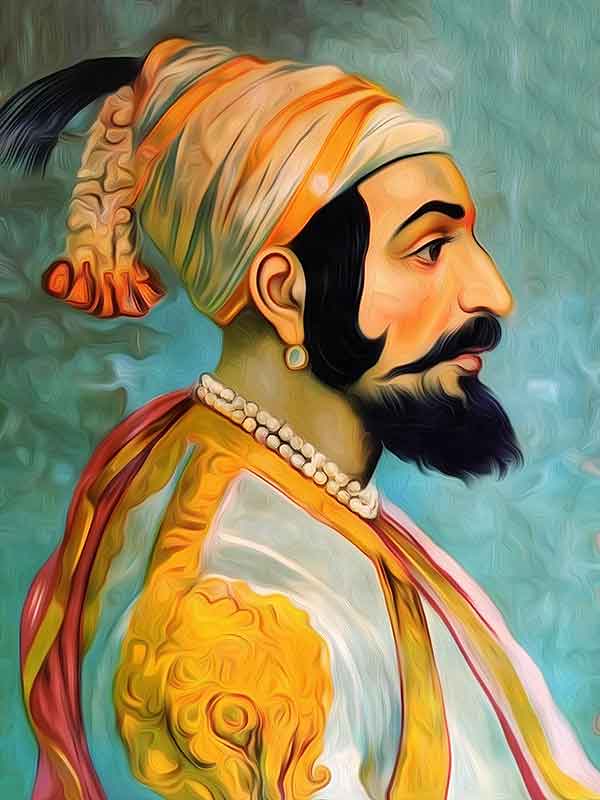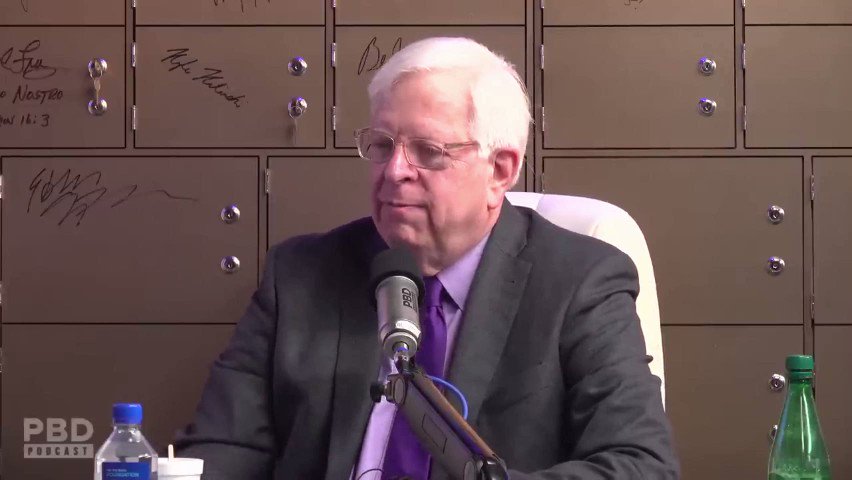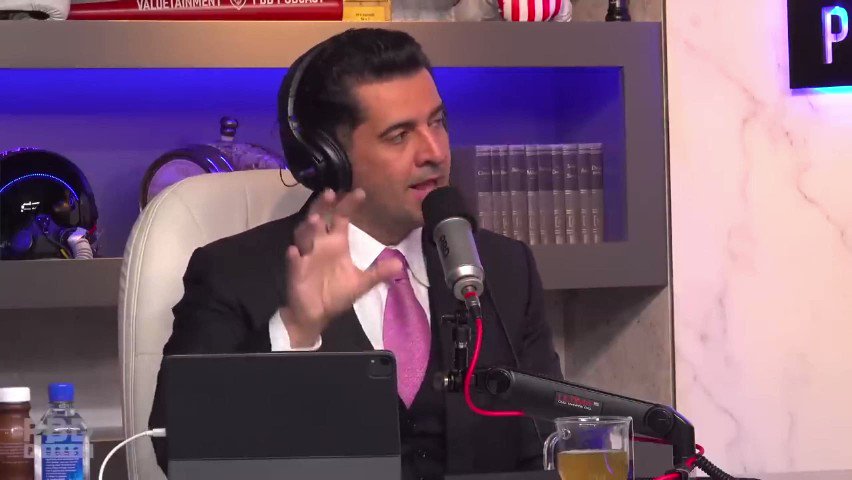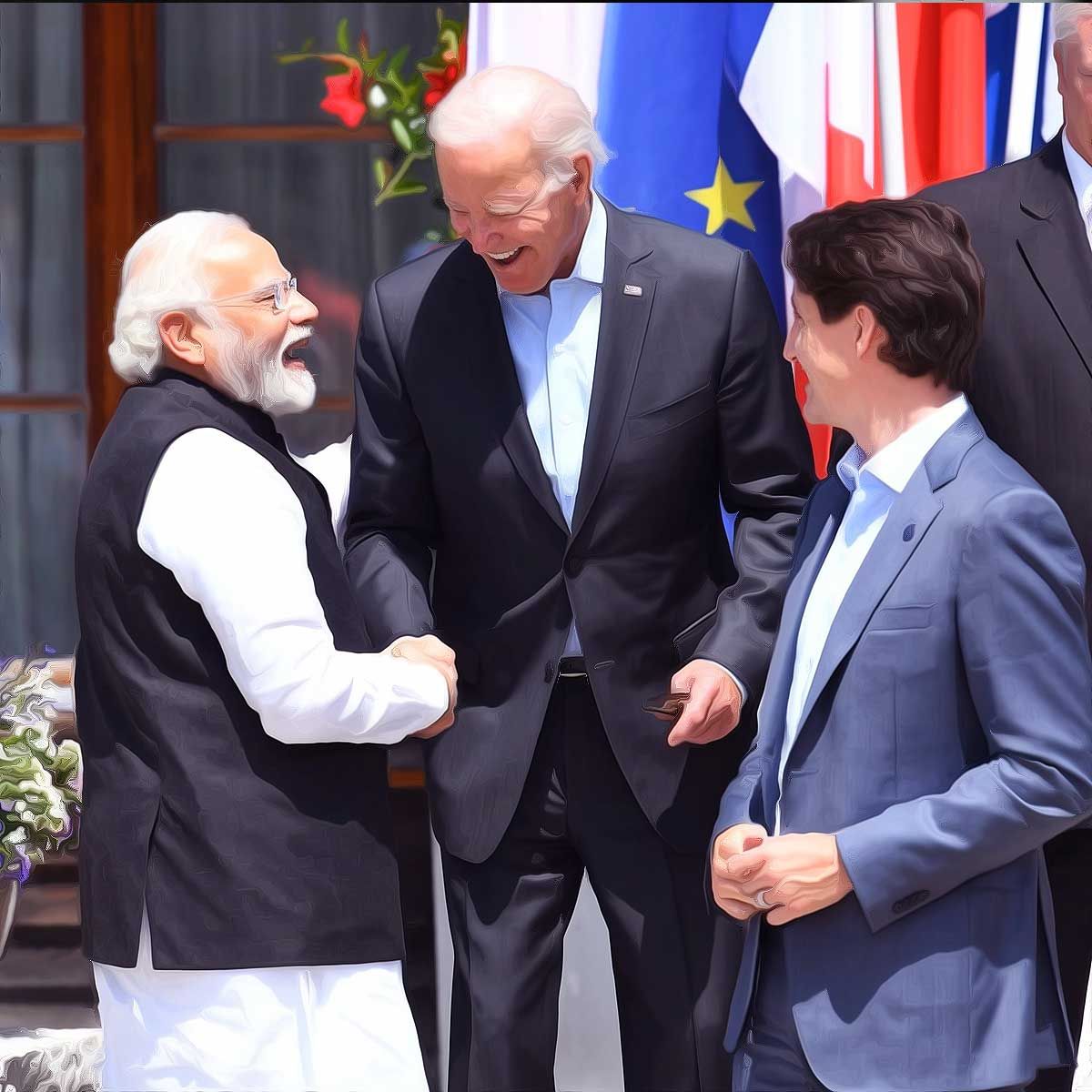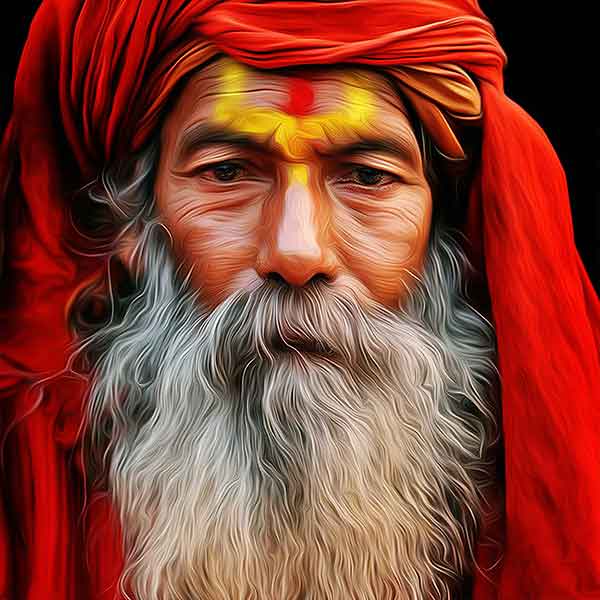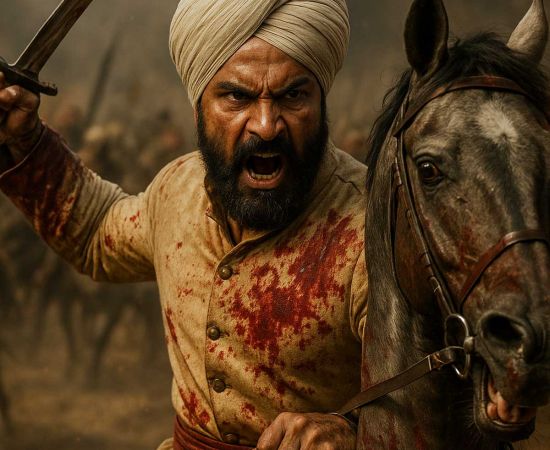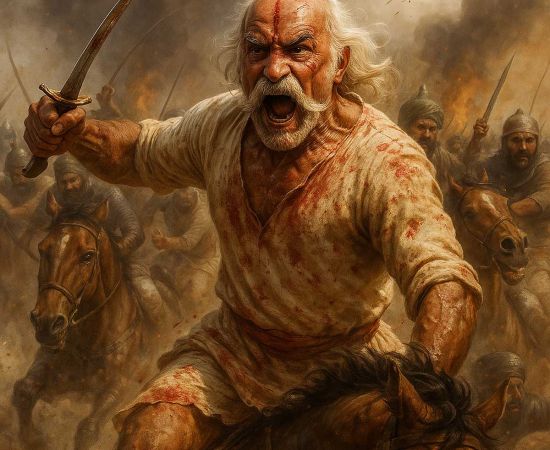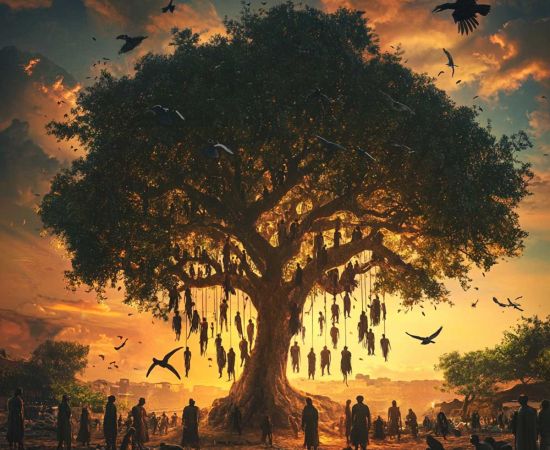MORE COVERAGE
Twitter Coverage
Satyaagrah
Written on
Satyaagrah
Written on
Satyaagrah
Written on
Satyaagrah
Written on
Satyaagrah
Written on
JOIN SATYAAGRAH SOCIAL MEDIA
Literary genius Charles Dickens though a gifted story-teller but in reality, was a genocidal racist and Christian fundamentalist who hated Hindus and wanted to exterminate this race from the face of the earth
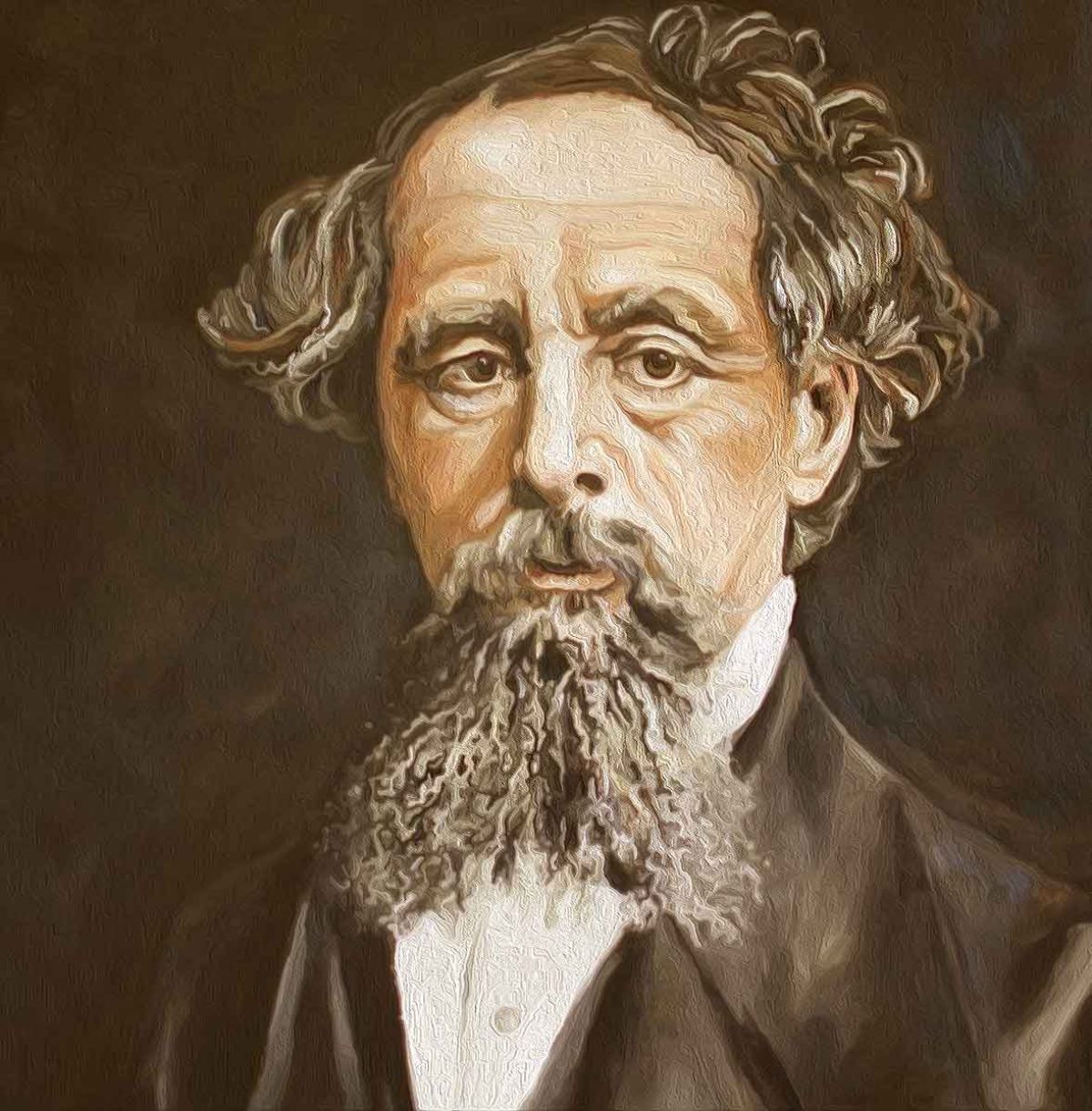
Charles Dickens. Who knew he was not just anti-Bharat, anti-Hindu, and racist (which is common), but straight up wanted to exterminate the whole race as if we were cockroaches. Here is some memorable Dickens quotes:
Claim: Charles Dickens was bigoted, full of hate, and derisive towards people who were not English, and toward their American cousins. Unfortunately, it is worse. Charles Dickens was a racist (this was not limited to English or their American cousins). That is not all. Dickens opposed the abolition of Slavery (Clapham sect of Evangelists and Society of Friends1). Finally, sinking to the lowest level: Charles Dickens believed in using genocide (mass extermination of several groups of peoples, as the word "genocide" had not yet been coined).
All these claims are based upon what Dickens himself wrote, not once but several times.
Some refuse to believe what Dickens himself wrote on these subjects; since over a period of years, Dickens presented his views differently, such that his views on anyone subject might seem elusive to the reader, it is possible to find quotes supporting Dickens opinions that sound 'pro' one year, and 'con' the next. However, there is a problem: no matter how much Dickens apologists attempt to rewrite history, the fact remains that Dickens repeatedly expressed views that were bigoted, racist, pro-slavery, and which favored genocide2,3.
Several quotes from Dickens will be used to demonstrate the points raised. As the quotes often contain more than one notable fact, they are repeatedly discussed to cover each fact. For example, a statement like "Mr. A is a nigger, and he and all his relatives should be killed" would be discussed under "nigger" and "killed". This discussion is organized in this fashion for a reason: the claim could be made that Dickens used the epithet "nigger" only once. Thus the organization of this discussion is made to show multiple instances of each point.
One must take care, once it has been established that Dickens was an ignorant, hateful person, this does not imply that one should not value and read the novels and other written works of Dickens. The Dickens oeuvre, like literature, is wonderful and is entertaining: besides, who better to instruct the modern person about racist hatred, and genocide?
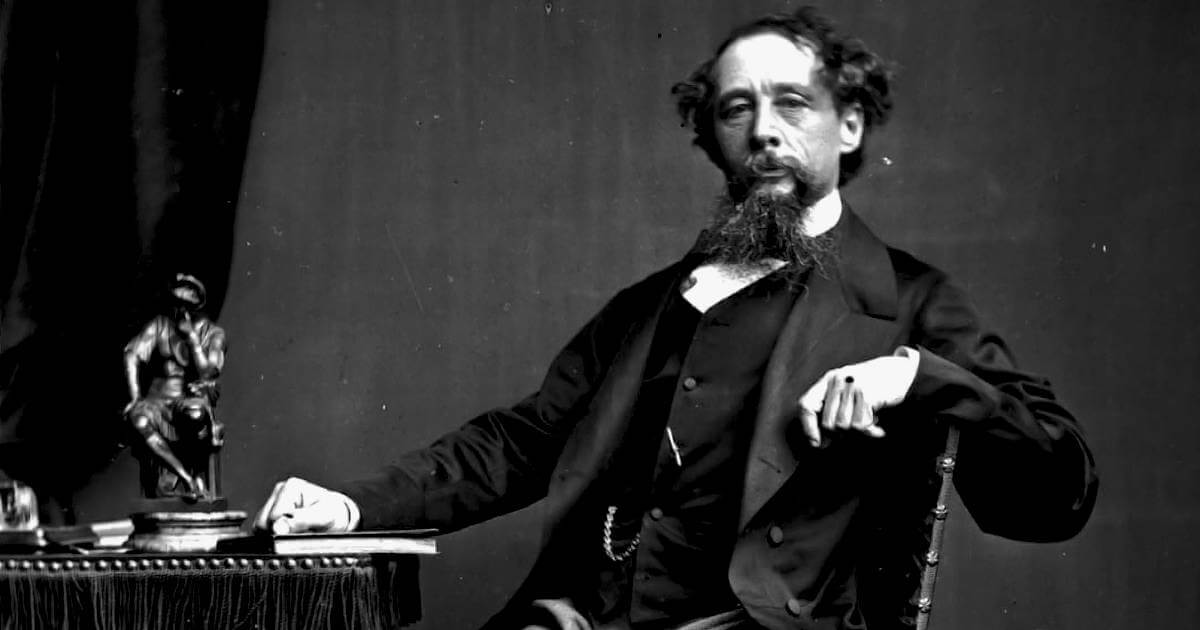 |
Bigotry
We will establish here that Dickens is anti-Italian, anti-Irish, anti-Zulu, anti-Indian, and anti-Amerindian.
Anti-Italian
Whereas, as mere animals, they were wretched creatures, very low in the scale and very poorly formed; and as men and women possessing any power of truthful dramatic expression utilizing action, they were no better than the chorus at an Italian Opera in England -- and would have been worse if such a thing were possible.4
Some people5 have suggested that Dickens was just being facetious, that he was just joking. It is evident that he is not being facetious here but is simply disrespectful and derisive of Italians.
Anti-Irish
[after attacking Zulus, Dickens says] "But, several of these scenes of savage life bear a strong generic resemblance to an Irish election, and I think would be extremely well-received and understood at Cork."
Ten, twenty, thirty—who can count them! Men, women, children, for the most part naked, heaped upon the floor like maggots in a cheese! Ho! In that dark corner yonder! Does anybody lie there? Me Sir, Irish me, a widder, with six children. And yonder? Me Sir, Irish me, with me wife and eight poor babes. And to the left there? Me Sir, Irish me, along with two more Irish boys as is me, friends. And to the right there? Me Sir and the Murphy family, numbering five blessed souls. And what is this, coiling, now, about my foot? Another Irish me, pitifully in want of shaving, whom I have awakened from sleep–and across my other foot lies his wife–and by the shoes of Inspector Field lie their three eldest–and their three youngest are at present squeezed between the open door and the wall. And why is there no one on that little mat before the sullen fire? Because O'Donovan, with wife and daughter, is not come in yet from selling Lucifers! Nor on the bit of sacking in the nearest corner? Bad luck! Because that Irish family is late tonight, a-cadging in the streets! 6
Is Dickens conscientiously bringing the horrors of poverty before us? If so, then why, exactly, does Dickens feel the Irish are "like maggots in a cheese"? Why does Dickens refer to these Irish people as "coiling, now, about my foot"? Is Dickens, once again, merely being the comedian? Why have so few literary critics, those specializing in Dickens and Empire, failed to point out this aspect of Dickens the comedian?
Some people5 have suggested that Dickens was, once again, just being facetious, that he was just being jocular. Descriptions found in Henry Mayhew and other writers at this period in time point out that the English in fact looked down on the Irish. The final arbiter as to whether or not these were funny comments, should be not Dickens' apologists but the Irish themselves.
Anti-Zulu
- If he wants a wife he appears before the kennel of the gentleman whom he has selected for his father-in-law, attended by a party of male friends of a very strong flavor, who screech and whistle and stamp an offer of so many cows for the young lady's hand. The chosen father-in-law -- also supported by a high-favored party of male friends -- screeches, whistles, and yells (being seated on the ground, he can't stamp) that there never was such a daughter in the market as his daughter, and that he must have six more cows. The son-in-law and his select circle of backers, screech, whistle, stamp, and yell in reply, that they will give three more cows. The father-in-law (an old deluder, overpaid at the beginning) accepts four and rises to bind the bargain. The whole party, the young lady included, then falling into epileptic convulsions, and screeching, whistling, stamping and yelling together -- and nobody taking any notice of the young lady (whose charms are not to be thought of without a shudder) -- the noble savage is considered married, and his friends make demoniacal leaps at him by way of congratulation.7
- When the noble savage finds himself a little unwell and mentions the circumstance to his friends, it is immediately perceived that he is under the influence of witchcraft. A learned personage called an Imyauger or Witch Doctor is immediately sent for to Nooker the Umtargartie, or smell out the witch. The male inhabitants of the kraal being seated on the ground, the learned doctor, got up like a grizzly bear, appears, and administers a dance of a most terrific nature, during the exhibition of which remedy he incessantly gnashes his teeth and howls: -- "I am the original physician to Nooker the Umtargartie. Yow yow yow! No connexion with any other establishment. Til til til! All other Umtargarties are feigned Umtargarties, Boroo Boroo! but I perceive here a genuine Umtargartie, Hoosh Hoosh Hoosh! in whose blood I, the original Imyanger and Nookerer, Blizzerum Boo! will wash these bear's claws of mine. O yow yow yow!" All this time the learned physician is looking out among the attentive faces for some unfortunate man who owes him a cow, or against whom, without offense, he has conceived a spite. Him he never fails to Nooker as the Umtargartie, and he is instantly killed. In the absence of such an individual, the usual practice is to Nooker the quietest and most gentlemanly person in the company. But the nookering is invariably followed on the spot by the butchering.8
- Dickens' bigoted views, shown by his derisive nature towards the Zulus, is evident in (a) and (b) above, as well as his use of "Kaffir" (the equivalent of 'nigger') and "Kaffirland" ('niggerland').9
- Referring to 'The Noble Savage', Dickens says that "... which might tempt the Society of Friends to charge at a hand-gallop into the Swartz-Kop location and exterminate the whole kraal." (meaning what Dickens suggests should be done)10
Anti-Oriental, Anti-Hindoo, Anti-Indian
In a letter to Angela Burdette-Couts, October 4, 1857, Charles Dickens wrote:
The first thing I would do to strike that Oriental race with amazement...should be to proclaim to them, in their language, that I should do utmost to exterminate the Race upon whom the stain of the late cruelties rested."11
Dickens also called for the "extermination" of the Indian race and applauded the "mutilation" of the wretched Hindoo who was punished by being "blown from...English guns[s]"12
British climate towards Indians "caused" by "the Jew D'Israeli" after the Sepoy Mutiny
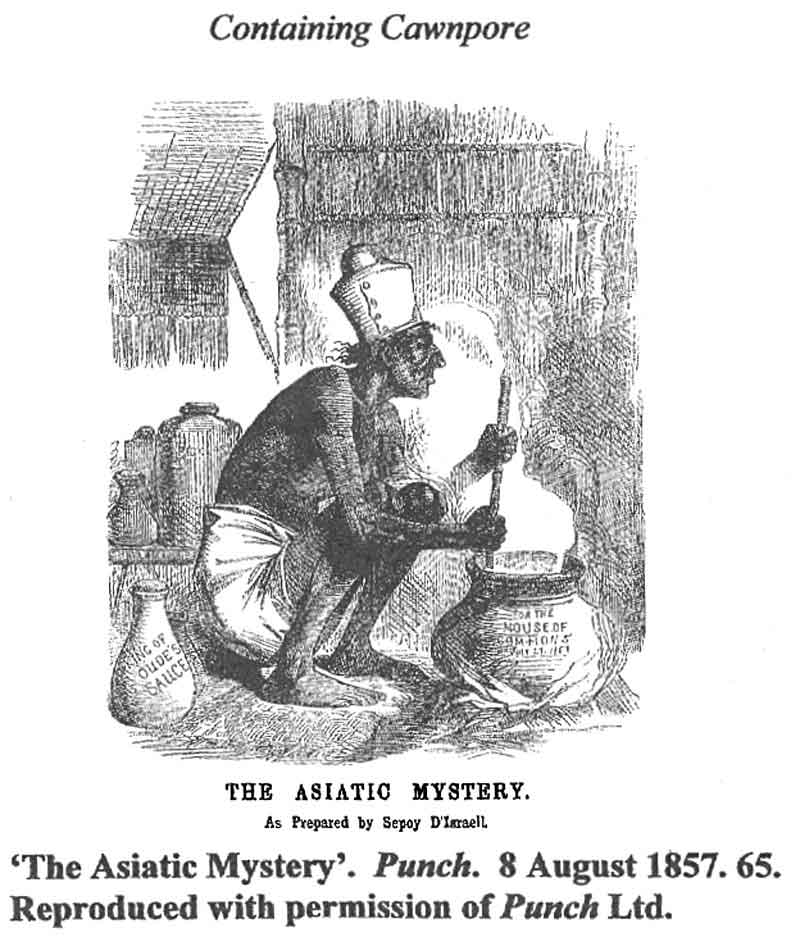 Esther M. Zimmer Lederberg - D'Israeli India |
British women and the Sepoy Mutiny
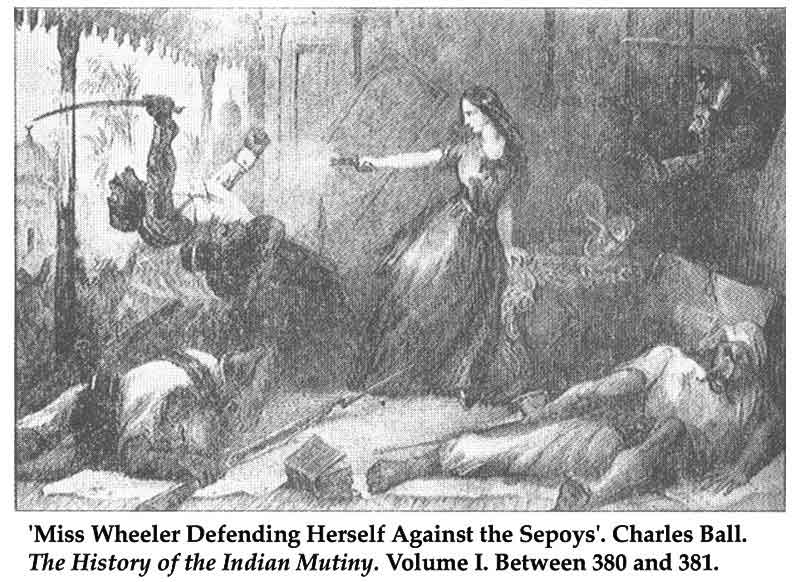 |
British invaders are totally innocent
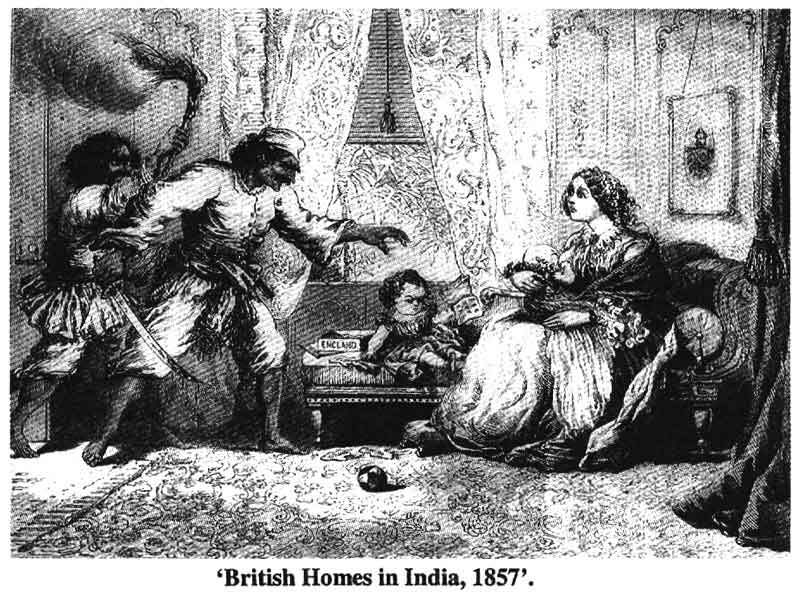 Esther M. Zimmer Lederberg - British Invaders are totally Innocent |
Cawnpore demands British justice
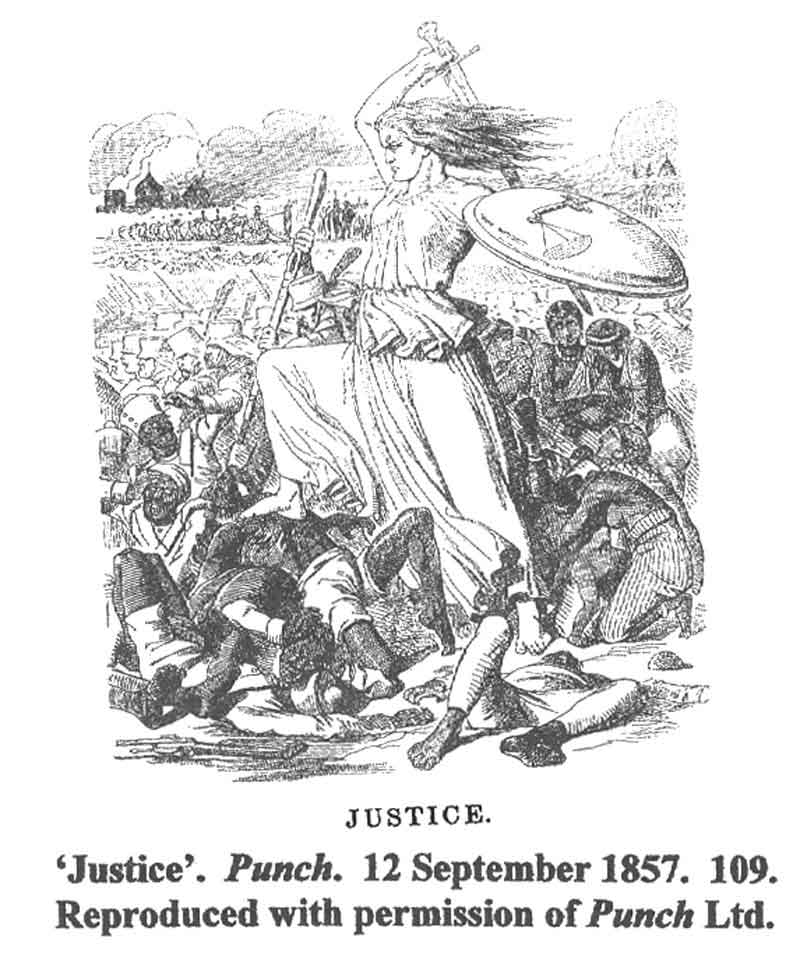 Esther M. Zimmer Lederberg - Cawnpore demands British Justice |
Anti-Amerindian
- I think a mere gent13 (which I take to be the lowest form of civilization) is better than a howling, whistling, clucking, stamping, jumping, tearing savage. It is all one to me, whether he sticks a fishbone through his visage, or bits of trees through the lobes of his ears or birds' feathers in his head; whether he flattens his hair between two boards, or spreads his nose over the breadth of his face, or drags his lower lip down by great weights, or blackens his teeth, or knocks them out, or paints one cheek red and the other blue, or tattoos himself, or oils himself, or rubs his body with fat, or crimps it with knives. Yielding to whichsoever of these agreeable eccentricities, he is a savage -- cruel, false, thievish, murderous; addicted more or less to grease, entrails, and beastly customs; a wild animal with the questionable gift of boasting; a conceited, tiresome, bloodthirsty, monotonous humbug.14
- There was a Mr. Catlin, some few years ago, with his Ojibbeway Indians ... who had written a picturesque and glowing book about them. With his party of Indians squatting and spitting on the table before him, or dancing their miserable jigs after their own dreary manner,... Whereas, as mere animals, they were wretched creatures, very low in the scale and very poorly formed; and as men and women possessing any power of truthful dramatic expression utilizing action, they were no better than the chorus at an Italian Opera in England -- and would have been worse if such a thing were possible.15
Dickens' Support of Slavery
An examination of the section dealing with Capitalism and the Industrial Revolution explains that the Abolitionists used the opposition to slavery as a means to create Colonialism. It is also established that the Abolitionists were spearheaded by the Clapham sect of Evangelism, led by Wilberforce and Stephens. Thus, it is important to understand whether Dickens in fact supported slavery or opposed slavery and the Clapham sect and other religious groups that were opposed to slavery such as the Society of Friends (Quakers).
- Dickens is attacked for supporting slavery:16
Lord Denman (Lord Chief Justice of England) said of Dickens' attack on the Abolitionists17
"In one particular instance, but the most important of all at this crisis, he [Dickens] exerts his powers to obstruct the great cause of human improvement. ... We do not say that he actually defends slavery or the slave-trade; but he takes pains to discourage, by ridicule, the effort now making to put them down. ... The disgusting picture of a woman [Mrs. Jellyby in Bleak House] who pretends zeal for the happiness of Africa, and is constantly employed in securing a life of misery to her own children, is a laboured work of art in his present exhibition. ... If meant to represent a class, we believe that no representation was ever more false (p. 5)."18
Lord Denman continued the attack upon Dickens' claim that the work of Harriet Beecher Stowe was not based upon fact, that slavery was not so bad an evil, that Uncle Tom's Cabin was a fictional portrayal of the evils of slavery. Dickens replied that he believed that the purpose of the book by Mrs. Stowe is to arouse racial conflict to violently overthrow the White race:
"... I call it a very overstrained conclusion and a very violent extreme, and a damaging absurdity to the slave himself, to set up the Colored race as capable ever of subduing the White. I pointed this out to Mrs. Stowe herself, who replied to me that she had not that intention. In her execution, however, I still think it to be there."19 - Like the Abolitionists, the Society of Friends, or Quakers, opposed slavery. Dickens, in a very derisive fashion, attacks the Quakers for opposing slavery. Referring to 'The Noble Savage', Dickens says:
"... which might tempt the Society of Friends to charge at a hand-gallop into the Swartz-Kop location and exterminate the whole kraal." (meaning what Dickens suggests should be done)20
Dickens' Attitude Regarding Genocide
Once again we are asked by Dickens' apologists to believe that Dickens is being a comedian when it comes to genocide. As before, it strains belief to think that Dickens was not cognizant of the import of his words, especially since he said it more than once.
- Referring to 'The Noble Savage,' Dickens says that "... which might tempt the Society of Friends to charge at a hand-gallop into the Swartz-Kop location and exterminate the whole kraal. (meaning what Dickens suggests should be done)21. By being dismissive of the viewpoint of the Society of Friends, Dickens is essentially saying that the extermination of the Zulus is of no real significance to him. In fact, in other locations, Dickens notes that he feels it would be good for humanity (presumably meaning people of his class) if such extermination took place. Or, as he himself had said, the improvement of Mankind by the Zulus disappearing.
- Dickens obviously felt that extermination would work for many people that he disliked, or felt were inferior. Just as with the Zulus, Dickens felt that the Indians or Hindoos (there are Indians who are not Hindoos) should also be exterminated. as well as being mutilated by English guns.
In a letter to Angela Burdette-Couts, October 4, 1857, Charles Dickens wrote:
"The first thing I would do to strike that Oriental race with amazement...should be to proclaim to them, in their language, that I should do utmost to exterminate the Race upon whom the stain of the late cruelties rested."22
Dickens also called for the "extermination" of the Indian race and applauded the "mutilation" of the wretched Hindoo who was punished by being "blown from...English guns[s]"23
References:
- Quakers
- The review by Lillian Nayder, of Grace Moore's "Dickens and Empire: Discourses of Class, Race, and Colonialism in the Works of Charles Dickens", in Victorian Studies, 2006, 48(2): 331-333
- In September 1860 Dickens burned twenty years' worth of confidential letters and papers, including his literary correspondence. Thus, many of his private expressions of opinion -- which might have conclusively shown where his true sympathies lay -- were lost forever. See Stone, Harry, "Charles Dickens and Harriet Beecher Stowe", in Nineteenth-Century Fiction, Vol. 12, p. 201
- Dickens, Charles "The Noble Savage", Household Words, June 11, 1853, p. 168
There are numerous such attacks against the Italians, especially those in Naples, as well as even more numerous attacks on Catholicism due to what Dickens believes are its superstitions, its corruption, and the Holy Inquisition, found in his "Pictures from Italy", Penguin, 1998. Just one example:
"The cathedral with the beautiful door, and the columns of African and Egyptian granite that once ornamented the temple of Apollo, contains the famous sacred blood of San Gennaro or Januarius: which is preserved in two phials in a silver tabernacle, and miraculously liquefies three times a year, to the great admiration of the people. At the same moment, the stone (distant some miles) where the Saint suffered martyrdom, becomes faintly red. It is said that the officiating priests turn faintly red also, sometimes, when these miracles occur." p. 168 - See Lillian Nayder's review, of Grace Moore's "Dickens and Empire: Discourses of Class, Race and Colonialism in the Works of Charles Dickens", in Victorian Studies, 2006, 48(2): 331-333
- "ON DUTY WITH INSPECTOR FIELD", by Charles Dickens, Household Words, Saturday, June 14, 1851, p. 266, 267
- Dickens, Charles "The Noble Savage", Household Words, June 11, 1853, p. 338
- ibid
- ibid
- Dickens, Charles "The Noble Savage", Household Words, June 11, 1853, p. 339
- Dickens, Charles, "Letters from Charles Dickens to Angela-Burdett-Coutts", Edgar Johnson, Ed.; Jonathan Cape, London, 1953
- Dickens, Charles, "The Speeches of Charles Dickens", K. J. Fielding, Ed., Clarendon Press, Oxford, 1960, p. 284
- The term "gent" was used to designate people of a lower racial category. This brings to mind the battle between Sepulveda and de las Casas in Nueva Espana: the Spanish conquistadors were destroying the Indians, thereby making new lands of the Spanish Crown, a desert, and laying the foundation for the creation of a new kingdom independent of Spain. The Spanish crown had to preserve its interest in the Indians and at the same time deprive the Indians of the right to reclaim their lands from the Conquistadors. The battle centered on whether or not the Indians were to be considered humans or animals in the appearance of humans. The Spanish Crown decided in favor of the Indians being humans, but in tutelage to the Spanish crown; legally as "children". Thus, they were not legally able to claim their rights. The term "gent" originally referred to "humans legally deprived of the rights of human beings"
- Dickens, Charles "The Noble Savage", Household Words, June 11, 1853, p. 168. Intended to imply Amerindians
- op. cit.
- Stone, Harry, "Charles Dickens and Harriet Beecher Stowe", in Nineteenth-Century Fiction, Vol. 12, 1957
- Pamphlet in London Standard, Uncle Tom's Cabin, Bleak House, Slavery and Slave Trade
- Stone, Harry, "Charles Dickens and Harriet Beecher Stowe", in Nineteenth-Century Fiction, Vol. 12, p. 190
- ibid., p. 196
- Dickens, Charles "The Noble Savage", Household Words, June 11, 1853, p. 339
- ibid., p. 339
- Dickens, Charles, "Letters from Charles Dickens to Angela-Burdett-Coutts", Edgar Johnson, Ed.; Jonathan Cape, London, 1953
- Dickens, Charles, "The Speeches of Charles Dickens", K.J. Fielding, Ed., Clarendon Press, Oxford, 1960, p. 284
 Support Us
Support Us
Satyagraha was born from the heart of our land, with an undying aim to unveil the true essence of Bharat. It seeks to illuminate the hidden tales of our valiant freedom fighters and the rich chronicles that haven't yet sung their complete melody in the mainstream.
While platforms like NDTV and 'The Wire' effortlessly garner funds under the banner of safeguarding democracy, we at Satyagraha walk a different path. Our strength and resonance come from you. In this journey to weave a stronger Bharat, every little contribution amplifies our voice. Let's come together, contribute as you can, and champion the true spirit of our nation.
 |  |  |
| ICICI Bank of Satyaagrah | Razorpay Bank of Satyaagrah | PayPal Bank of Satyaagrah - For International Payments |
If all above doesn't work, then try the LINK below:
Please share the article on other platforms
DISCLAIMER: The author is solely responsible for the views expressed in this article. The author carries the responsibility for citing and/or licensing of images utilized within the text. The website also frequently uses non-commercial images for representational purposes only in line with the article. We are not responsible for the authenticity of such images. If some images have a copyright issue, we request the person/entity to contact us at This email address is being protected from spambots. You need JavaScript enabled to view it. and we will take the necessary actions to resolve the issue.
Related Articles
- Karkardooma Delhi court slapped a fresh sedition charge against Sharjeel Imam over his provocative speeches in Jamia Millia Islamia University and Aligarh Muslim University during anti-CAA protests
- The untold exodus of 1.5 lakh Punjabi Hindus to Delhi’s Piragarhi camp; forced upon by Sikh radical Khalistani terrorists led by Bhindranwale
- Lack of awareness among Hindus of it's Sanatan Culture is the root cause of Academic Hinduphobia: Demand for Hindu Rashtra is the need of the hour
- Christian fundamentalist Charles Dickens who hated Hindus and Bharat with a vengeance bordering to the insanity – quite like another British hero Winston Churchill
- 'Hinduon se Azadi', 'La ilaha illallah' and 'Ghazwa-e-Hind' slogans by Muslims was secular leading to Genocide of Kashmiri Pandit: Then and now, from Azadi slogans to Hindu hate, the nature of Jihad and its apologists remain unchanged
- The former RAW officer claims that Ex Muslim Vice President Hamid Ansari while serving as an Indian Ambassador to Iran exposed the RAW set-up in Tehran endangering the lives of RAW unit members
- Qatar-based Sheikh Eid Bin Mohammad Al Thani Charitable Association has been funding millions of dollars to organizations associated with the Wahhabi school of thought since 2008-2009: Earlier accused by the US also for assisting Al Qaeda
- Any caste discrimination as it exists today is a legacy of feudalism, colonialism and social stagnation: true picture of Hindu social structure
- Dangerous plots of Khalistan uprising and Hindu genocide, hurling abuses to Hindu Gods, arrest of Hindus for ‘blasphemy’ when retaliating - The menacing truth of underbelly of Clubhouse
- Jo Chopra, an NGO Director misled about Christmas being banned in Uttarakhand to malign Hindutva, apologizes after being called out
- Tales of Fraud, funding, forced religious conversion and insulting Hindu gods and goddesses after brainwashing: How tribals were converted to Islam in Gujrat - “Aapka paigam London pahucha diya hai, achha kaam ho raha hai"
- Bajrang Dal's peaceful rally in Mewat (mini Pakistan) is painted panic mongering by Islamist Media
- Mohammedans trying to shield culprits of anti-Hindu atrocities by spreading paranoia over Bajrang Dal rally in Haryana’s ‘Mini Pakistan’
- Violence Against Minority Hindus in Bangladesh: The Mistier World Of Silence
- Devkinandan Thakur's statement is a slap in the face of the Islamist hoodlum from Hyderabad - “Many more Yogis and Modis standing in line…”



